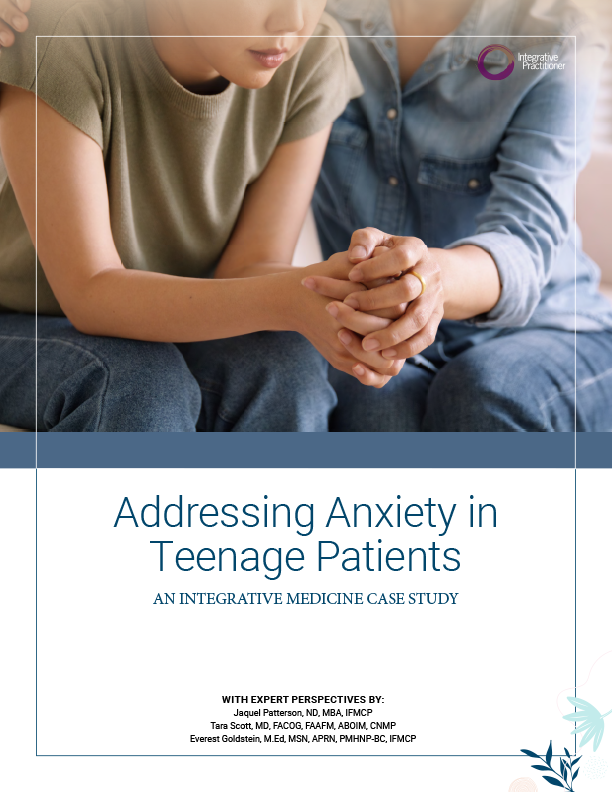Iron deficiency focus for treating fatty liver disease in new study
Photo Cred: Belle Co/Pexels
By Katherine Shagoury
Nonalcoholic fatty liver disease (NAFLD) may cause an iron deficiency in affected patients, according to new research published in the journal Clinical Gastroenterology and Hepatology.
More than 80 million Americans have NAFLD, which is often associated with overweight or obesity. If left untreated, it can lead to liver cirrhosis, liver cancer, and increased risk of heart attack.
The remedy, weight loss through diet and exercise, is often difficult to achieve for NAFLD patients due to lack of energy. The new study points to iron deficiency as a potential cause, which could guide future treatment for people with the condition.
Researchers from Edith Cowan University in Joondalup, Australia measured the cardiovascular fitness of 848 17-year-old West Australians enrolled in the well-known Raine Study. They found that those with NAFLD had lower physical work capacity independent of their weight. This reduced physical work capacity was also strongly related to parameters suggesting that iron is not being made available to the body for normal metabolism.
John Olynyk, MD, lead author of the study, said the study showed that people with non-alcoholic-fatty-liver disease had lower cardiovascular fitness, which was likely caused by a functional iron deficiency.
“We know that an iron deficiency can cause lethargy and fatigue, making it harder for people to exercise,” he said in a statement. “What is likely happening is that non-alcoholic fatty liver disease is impeding the body’s ability to provide adequate iron into the blood to fuel processes such as energy and blood cell production.”
Olynyk said the findings were useful for guiding the treatment of NAFLD. The main treatment is lifestyle change aimed at reducing weight, primarily achieved through exercise and a modified diet, he said. Research has suggested the field that the Mediterranean diet can reduce the severity of NAFLD. This is because it is high in foods like fruit and vegetables and whole grains, which have anti-inflammatory properties.
“This research shows that it may be more effective to first focus on new ways to improve the availability of iron to the body,” Olynyk said, “enabling diet and physical activity to have better and more sustained effects on weight and the severity of their [NAFLD].”
















